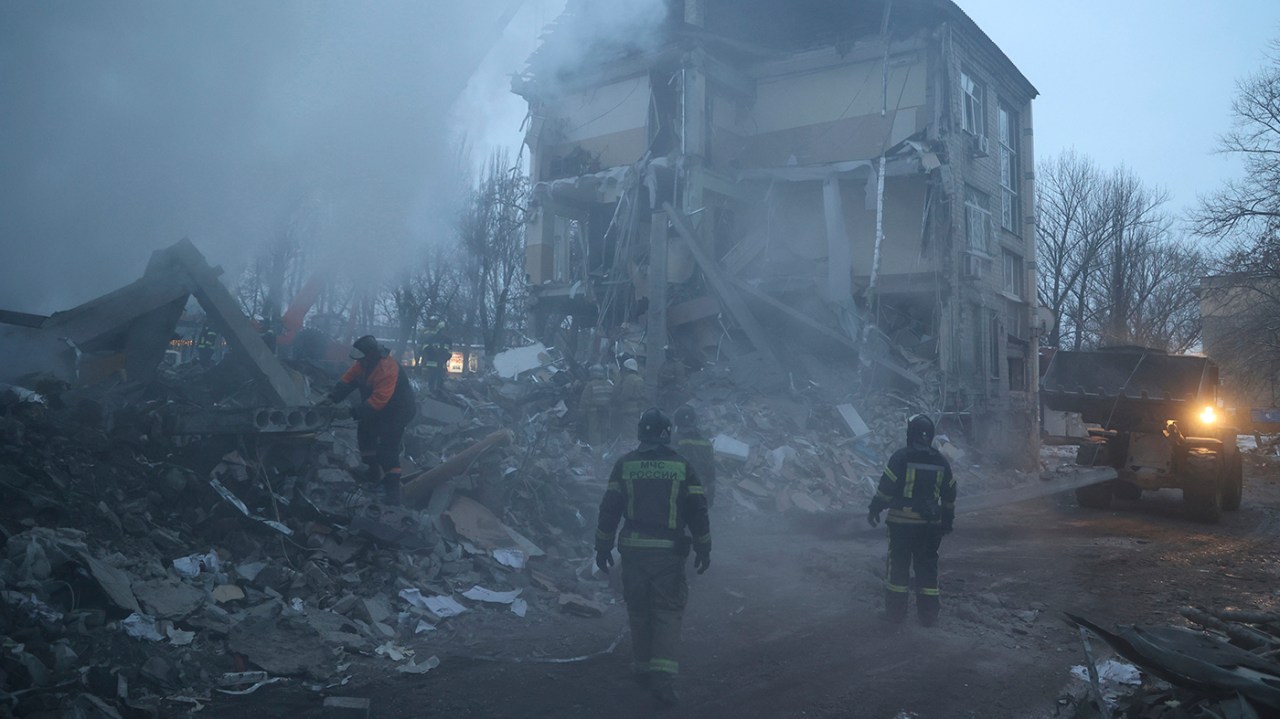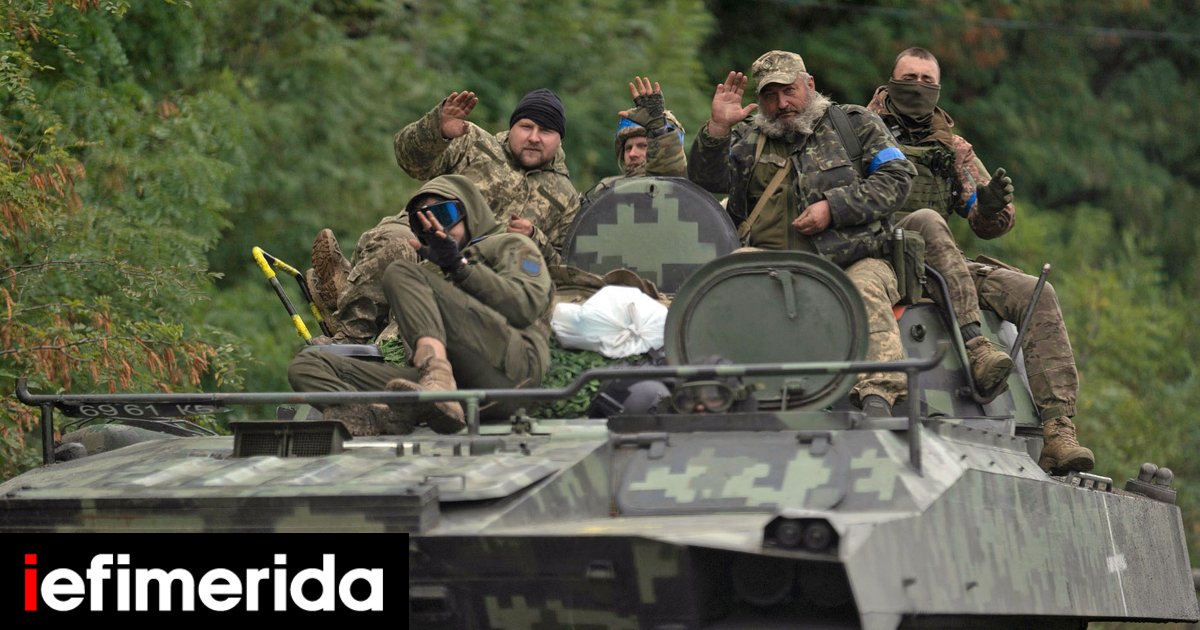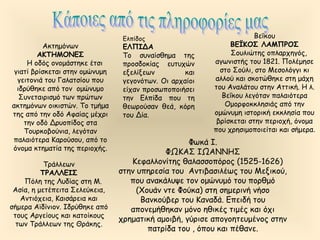Russia's Spring Offensive: A Weather-Dependent Endgame?

Table of Contents
The Impact of Rasputitsa on Military Mobility
Rasputitsa, the period of spring thaw in Eastern Europe, presents a significant challenge to military operations. This period of mud and thaw dramatically impacts the movement of troops and equipment, potentially becoming a decisive factor in the ongoing conflict.
Mud and Terrain
Rasputitsa transforms the landscape into a quagmire, severely limiting the movement of armored vehicles and heavy equipment. This significantly impacts Russia's reliance on mechanized warfare.
- Russia's reliance on mechanized warfare is significantly hampered by Rasputitsa. Their large armored formations are particularly vulnerable to getting bogged down in the mud, slowing their advance and making them easier targets.
- Ukrainian forces, with potentially better knowledge of local terrain, could exploit this disadvantage. They may be better equipped to navigate the muddy conditions and utilize ambush tactics against slower-moving Russian columns.
- The impact on logistical supply lines is crucial; movement of ammunition and supplies will be significantly slowed. This logistical bottleneck could severely hamper Russia's ability to sustain a prolonged offensive. The delivery of fuel, food, and ammunition becomes exponentially more difficult.
Aerial Superiority Limitations
Even air power is not immune to the effects of Rasputitsa. Muddy landing strips and difficult terrain significantly limit the deployment and effectiveness of air support.
- Helicopter operations are particularly vulnerable. The soft ground makes landing and taking off extremely hazardous, limiting the use of helicopters for troop transport and reconnaissance.
- The effectiveness of air-dropped supplies is significantly reduced. Inaccurate landings due to poor visibility and difficult terrain can lead to wasted resources and compromised supply lines.
- Air reconnaissance and surveillance are also impeded. Muddy conditions and reduced visibility can hamper the effectiveness of aerial surveillance, making it harder for both sides to gather intelligence.
The Role of Weather in Shaping Tactical Decisions
The unpredictable nature of the weather in Eastern Europe during the spring forces both sides to adapt their strategies constantly. Weather forecasting becomes a critical element in military planning.
Offensive Strategies & Weather Forecasting
Russia's offensive strategy will be heavily influenced by weather forecasts. Dry spells, however brief, offer crucial windows of opportunity for concentrated attacks.
- Concentrated attacks are more likely during drier periods. Russia will aim to exploit short periods of better weather to achieve breakthroughs and gain ground.
- Poor weather conditions will necessitate changes in the timing and approach of offensive maneuvers. Plans will need to be adaptable, and flexibility will be key to any success.
- The accuracy of weather prediction will be vital to the success of both sides’ military operations. Accurate forecasting will allow for better planning and the potential to exploit the other side's limitations.
Defensive Strategies and Exploitation of Weather
Ukraine can leverage the weather to its advantage, employing defensive strategies that exploit the limitations imposed by Rasputitsa.
- Preparation of defensive positions is key during the drier periods. Fortifying positions before the mud sets in will make them more defensible and harder to penetrate.
- Ambush tactics may become more effective. The slow pace of movement imposed by Rasputitsa increases the opportunity for ambushes and delaying actions.
- The use of drones for surveillance can be particularly useful even in poor weather. Drones offer a cost-effective way of maintaining surveillance and gathering intelligence despite poor visibility.
Long-Term Implications of Weather on the War's Trajectory
The extended impact of Rasputitsa extends beyond the immediate tactical implications, shaping the overall trajectory of the conflict.
Prolonged Conflict and Attrition
Rasputitsa could lead to a prolonged conflict, favoring a war of attrition, with neither side gaining significant ground.
- This scenario could lead to increased casualties on both sides. The slower pace of advance and the difficulty of maneuver will increase the time spent in contact with the enemy.
- The potential for a stalemate increases significantly. Neither side might be able to achieve a decisive breakthrough, leading to a prolonged conflict.
- International pressure for a negotiated settlement could rise as the conflict drags on. A protracted and costly war could increase pressure on both sides to seek a diplomatic solution.
Impact on International Aid and Support
The logistical challenges presented by the weather could significantly impact the delivery of vital aid and military supplies to Ukraine.
- This logistical strain could affect Ukraine's ability to sustain its defense. The delivery of weapons, ammunition, and other essential supplies could be delayed or even interrupted.
- International attention might shift to addressing the logistical challenges as much as the military conflict. The difficulty of providing aid will add another layer of complexity to the situation.
- This could create new diplomatic avenues or challenges. The logistical crisis might necessitate increased international cooperation or could exacerbate existing tensions between nations.
Conclusion
The success or failure of Russia's spring offensive is inextricably linked to the weather. Rasputitsa's impact on military mobility, the shaping of tactical decisions, and the long-term implications for the conflict's trajectory cannot be ignored. The unpredictable nature of the weather introduces an element of chance, potentially creating opportunities and limitations for both sides. Analyzing the ongoing developments of Russia's Spring Offensive, considering the crucial role of weather, is vital for understanding the future of the war in Ukraine. Stay informed on the impact of weather on the evolving situation by continuing to follow updates on Russia's Spring Offensive and its related weather impacts.

Featured Posts
-
 Proti Seira Stin Kideia Toy Papa Tramp Anamesa Se Symmaxoys Toy Zelenski
Apr 30, 2025
Proti Seira Stin Kideia Toy Papa Tramp Anamesa Se Symmaxoys Toy Zelenski
Apr 30, 2025 -
 Develop Your Boxing Skills Ace Power Promotion Seminar March 26
Apr 30, 2025
Develop Your Boxing Skills Ace Power Promotion Seminar March 26
Apr 30, 2025 -
 The Best New Cruises Setting Sail From The South In 2025
Apr 30, 2025
The Best New Cruises Setting Sail From The South In 2025
Apr 30, 2025 -
 Lempron Tzeims Analyontas Tin Epidosi Ton 50 000 Ponton
Apr 30, 2025
Lempron Tzeims Analyontas Tin Epidosi Ton 50 000 Ponton
Apr 30, 2025 -
 Dasmoi Tramp I Ekklisi Toy Le Maire Gia Patriotismo Stis Gallikes Epixeiriseis
Apr 30, 2025
Dasmoi Tramp I Ekklisi Toy Le Maire Gia Patriotismo Stis Gallikes Epixeiriseis
Apr 30, 2025
